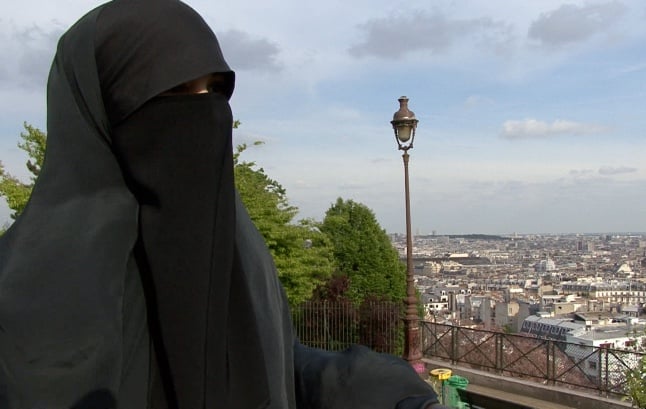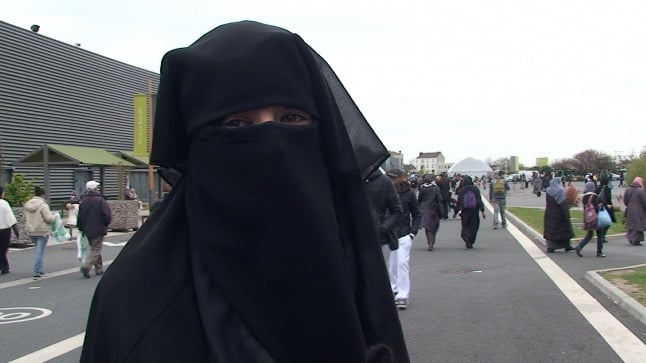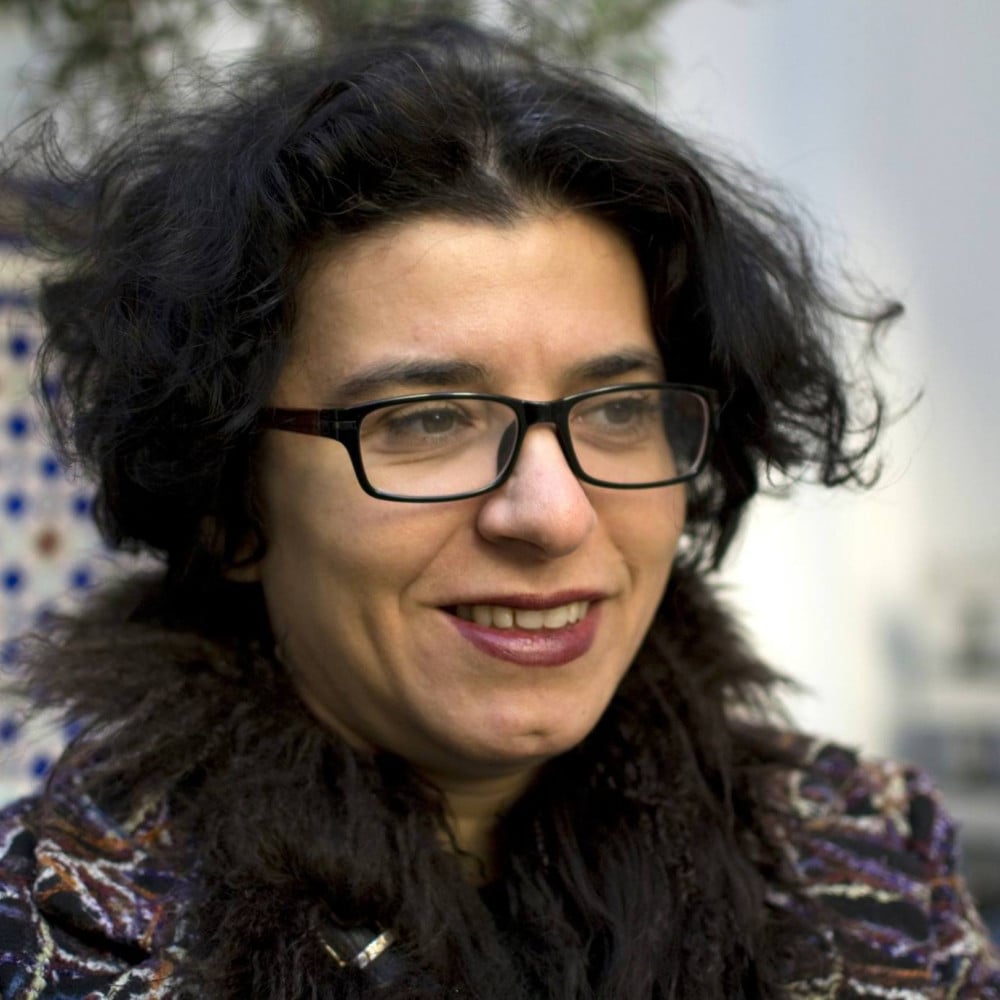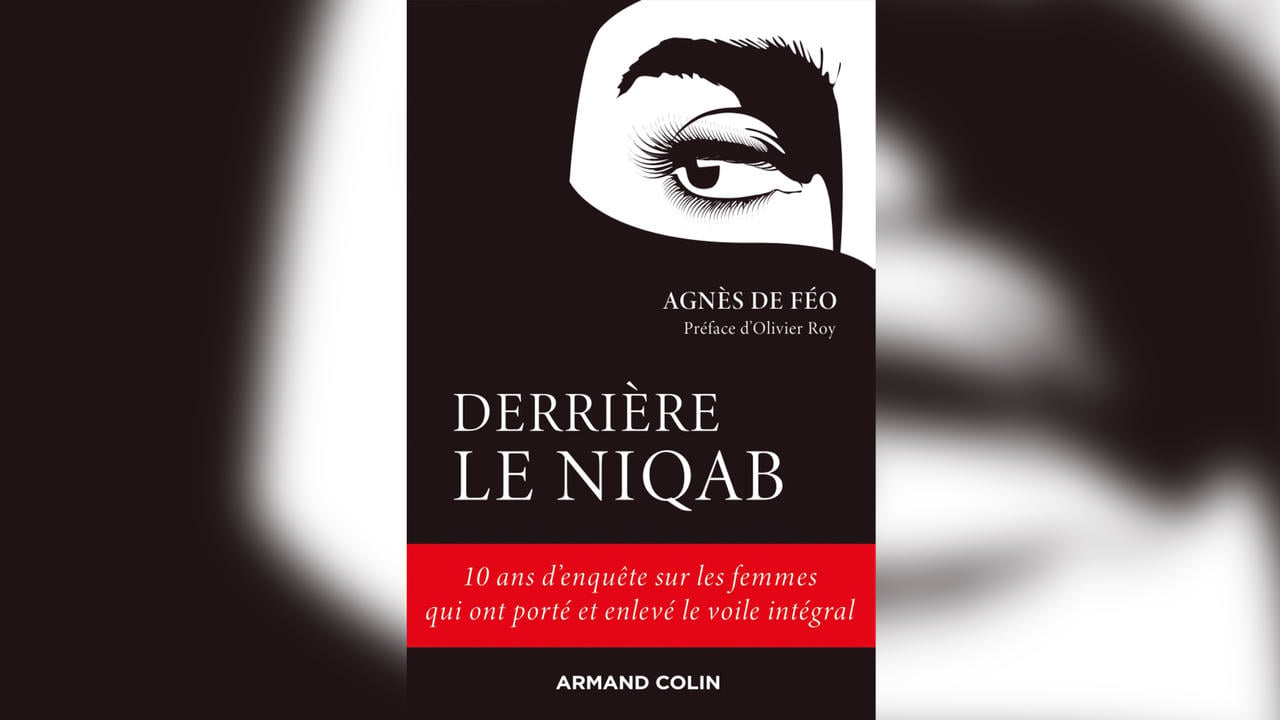Employers and principals are still waiting for a guiding principle about the niqab in classrooms from the Equality Ombudsman (DO) following the woman’s notification last year, Dagens Nyheter (DN) reported on Monday.
Another Stockholm woman reported an adult education college in Spånga northwest of Stockholm to the DO in January 2009 after being told that she could not wear an Islamic headscarf in class.
The woman was told that she was no longer welcome at Västerort Vuxengymnasium, an adult education college, if she persisted in wearing her niqab. The niqab is part of a hijab headress and covers the entire face except for the eyes.
The woman reported the matter to the DO, alleging discrimination. In her report, the woman alleged that she was told that she could not wear her niqab in class or in contact with the school’s staff.
The college’s rector, Britt-Marie Johansson, defended the school’s right to exclude the student from classes, referring to the National Agency for Education’s (Skolverket) ruling banning the wearing of some Muslim headscarves at schools.
The student argued that freedom of religion is enshrined in law in Sweden and it should take precedence over the agency’s ruling.
The new student is studying at Stockholm University.
“Almost no municipality or school that I know of allows the niqab,” Stockholm University lawyer and equality coordinator Christian Edling told the newspaper. “It would be easier if we had guidance.”
The DO explained that there is the delay in the case because it is not a priority and that it requires careful treatment due to the complexities involved.
“I think it is deplorable that there such a long time has passed since this girl notified the city of Stockholm and nothing has happened,” city school commissioner Lotta Edholm told DN.
Edholm has previously reported the DO to the parliamentary ombudsman for the slow process. The DO did not offer a timeframe on when it can present a decision on new guidelines.
“In general terms, I can say that one should try to find a pragmatic solution, but the right to education is deeply rooted in law,” George Svéd, director of DO’s education division, told DN.
DN’s attempts to reach the new student were unsuccessful.





 Please whitelist us to continue reading.
Please whitelist us to continue reading.
Member comments